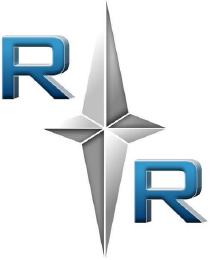R+R were tasked to build a 300 CPM rotary propellant filling machine using compressed air, by a major blue-chip client. The enquiry to R+R was made directly by the client who had been looking for a reputable engineering firm in the UK to come up with a suitable design and build of a prototype machine, which would give them a competative edge over some of it’s major rivals. The concept of using compressed air in aerosol products instead of the usual LPG propellants would offer huge benefits from an enviromental point of view, and offered a major saving to the clients business sinse they would no longer have to purchase and store safely the expensive LPG propellants.
To complicate matters the client requested R+R to use a second-hand machine as the base of the new prototype propellant filling machine, causing major technical issues as the base of the machine restricted the pitch circle diameter (PCD) – and with the required running speed of 300 cans per minute stipulated by the client, this provided further challenges.
With all these technical issues it was a task which most other engineering firms would have been reluctant to take on, as the risk of failure was extremely high. However with the full support of the client, R+R set to work on producing the design and build of the machine – having a number of set-backs, trials, and design modifications along the way. Eventually the machine was completed some 20 weeks from the initial enquiry and successfully installed on site. Production is now at it’s peak and new air-propellant aerosol cans are selling fast in all of the major supermarket stores.
The drive to move to compressed air (and in one case Nitrogen) is because of R+R’s discussions with major Supermarkets and Aerosol Manufacturers who wish to move to an environmentally friendly product, and also the major savings available to aerosol manufacturers moving from LPG to inert gasses such as compressed air or Nitrogen.
